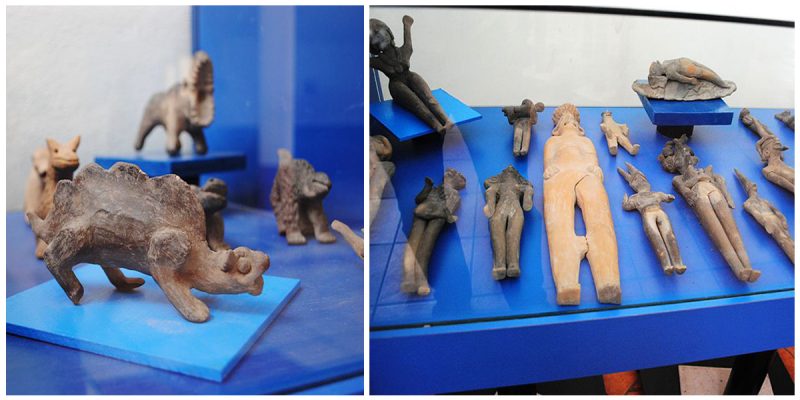The Acámbaro figures are small ceramic figurines allegedly found in Acámbaro, Guanajuato, Mexico. They were discovered in July of 1944 by a German immigrant and hardware merchant named Waldemar Julsrud.
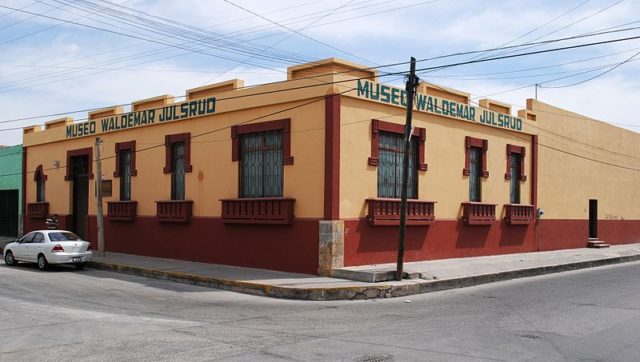
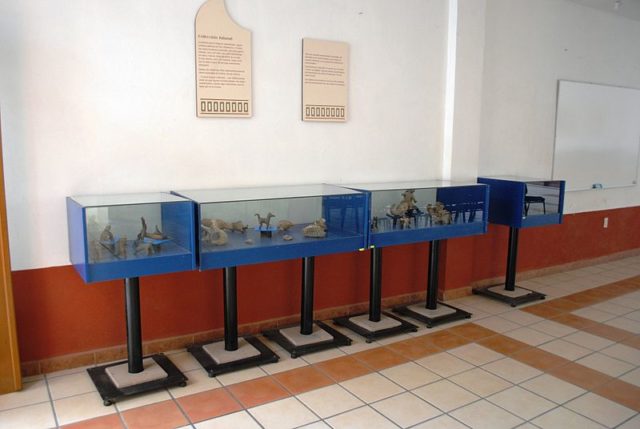
According to accounts, Julsrud stumbled upon the artifacts while riding his horse in the Acámbaro area. In the following 7 years, the farmer and his assistants discovered over 32,000 ceramic figurines near El Toro as well as Chivo Mountain on the other side of town.
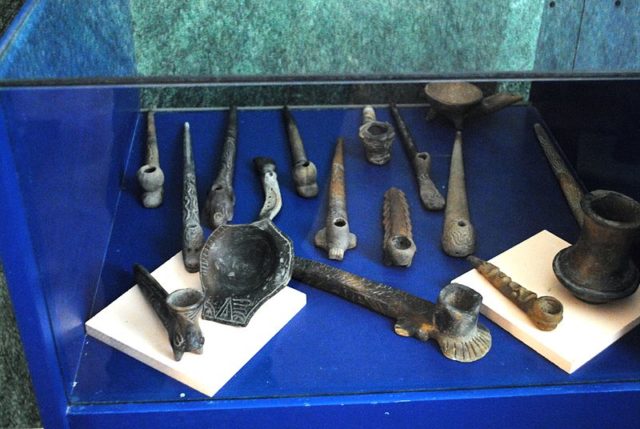
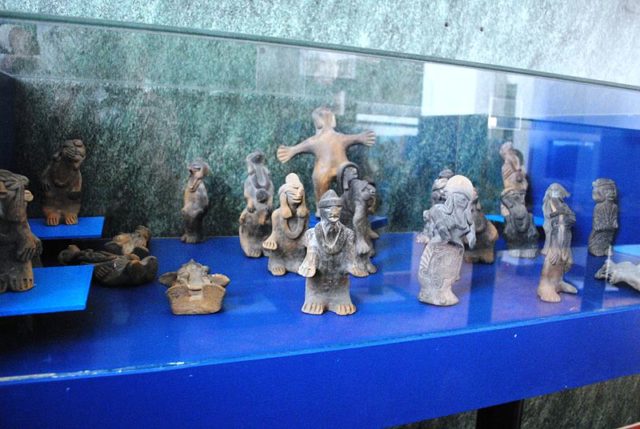
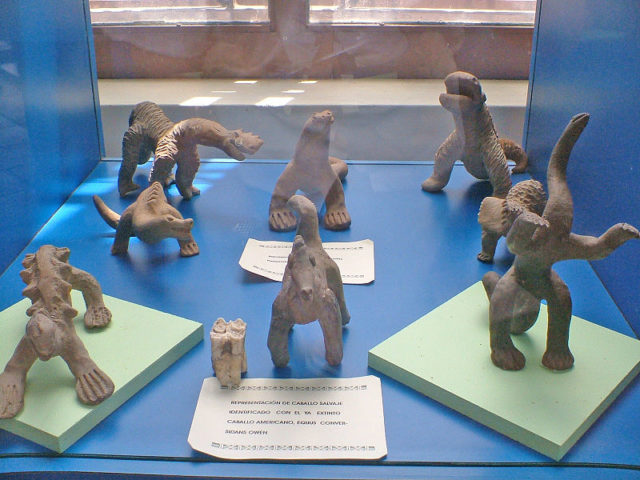
Julsrud was amazed because the creations showed not only human figurines like the Chupicuaro collection, but also monsters, dozens of recognizable dinosaurs, people together with dinosaurs, and even flying saucers. Tabloids and popular media sources covered the story, however, and the figures steadily became somewhat famous.
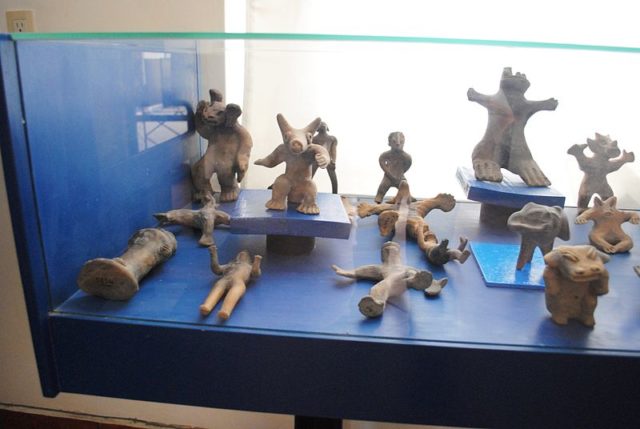
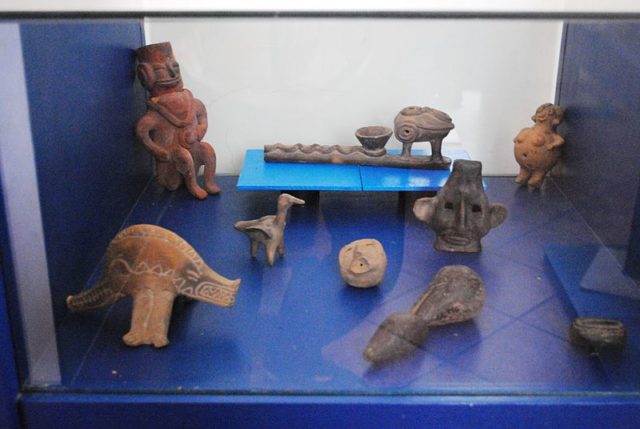
Attempts have been made to date the figures using thermoluminescence (TL) dating. The earliest results, from tests done when TL dating was in its infancy, suggested a date around 2500 BC. However, later tests contradicted these findings. In 1976, Gary W. Carriveau and Mark C. Han attempted to date twenty Acámbaro figures using TL dating. Based on the degree of signal regeneration found in remeasured samples, they estimated that the figures tested had been fired at temperatures between 450 °C and 650 °C, approximately 30 years prior to 1969.
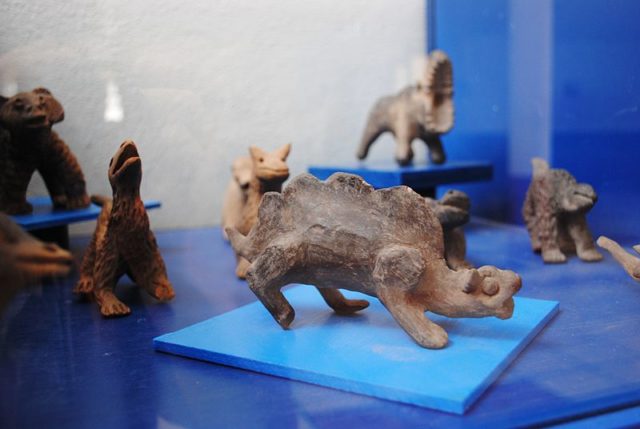
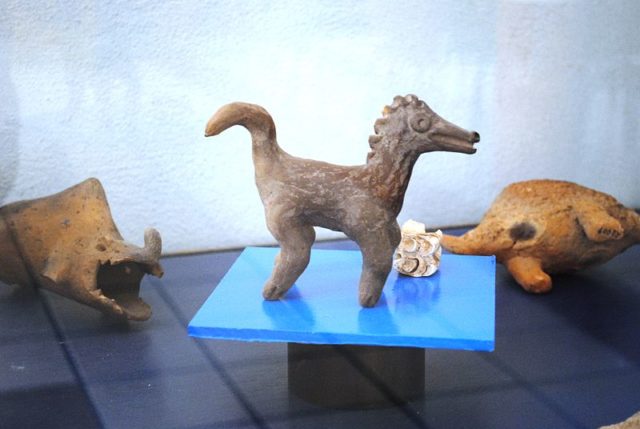
Despite the discovery was dismissed as a hoax, the figures continue to draw attention and many people still believe that the figures represent a much more interesting view of history than reality presents. These figurines belong to that class of objects called out-of-place artifacts (any object displaying evidence of a technology that, according to uniformitarian or related paradigms, ought not exist in the particular geologic stratum in which it rests. The existence of out-of-place artifacts is one of the most troubling controversies for archaeology today).
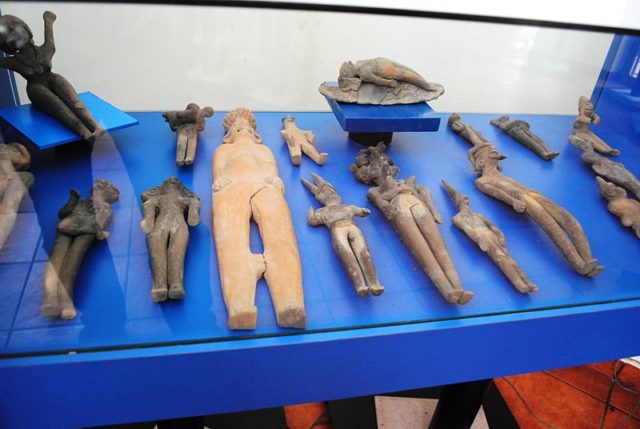
Since 2001 a large part of the Waldemar Julsrud Collection can be viewed in the Waldemar Julsrud Museum, the former home of Julsrud in Acámbaro.
